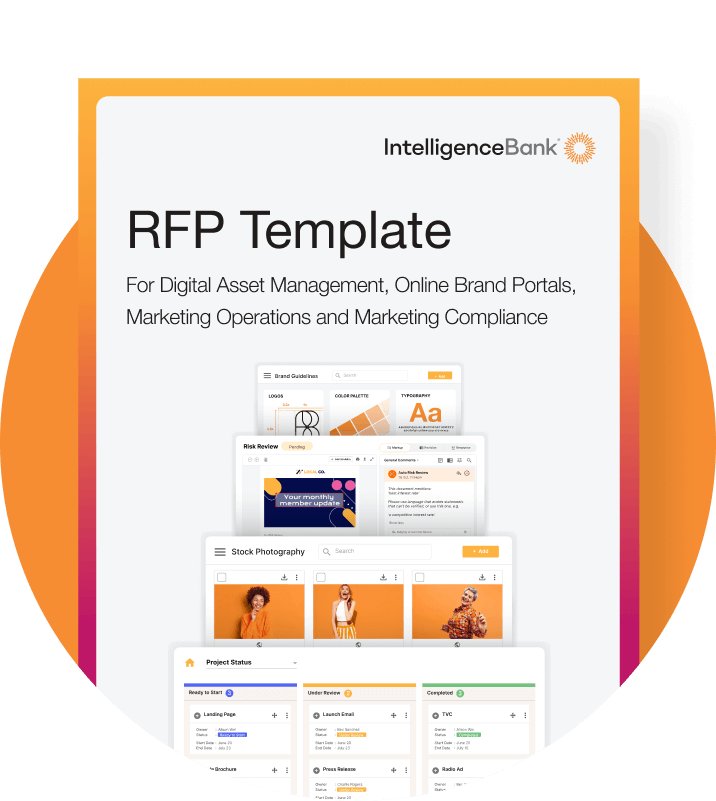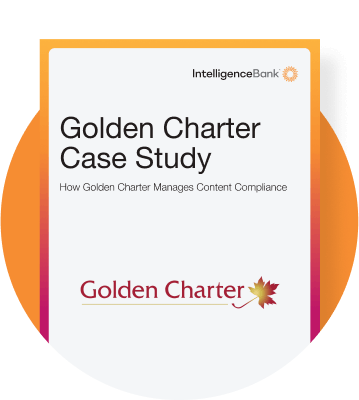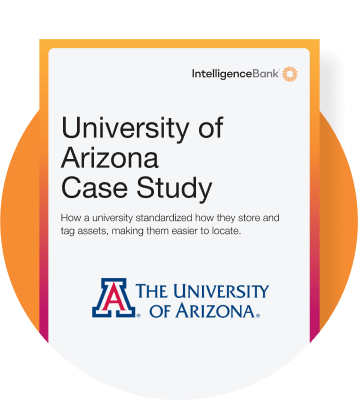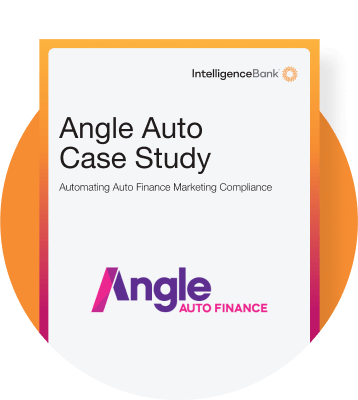A digital asset management (DAM) platform is a central hub that houses your digital assets, automates workflows, and sharpens brand consistency. This helps marketers not just keep up with the constant pace of content, but scale and flex alongside shifts in media consumption habits.
If you find yourself drowning in an ocean of creative assets thanks to increasing digital spends and generative AI, it’s time to seriously look at how to stem the tide, as the water level is only going to rise the longer you leave it.
Here, we’ll discuss the top 10 features of a DAM system to help you choose a platform that aligns with your marketing operations and growth goals.
Digital Asset Management Benefits: An Overview
A DAM system is a centralized library that organizes, manages, and facilitates access to your brand’s digital assets. It automates repetitive content tasks and at the same time enhances quality and consistency of content across campaigns. With one system supporting the production, management and distribution of creative assets, teams can then optimize workflows and streamline production. This allows your brand to bring higher-quality, more consistent content to market faster and more easily.
Below is a summary of the core benefits a modern DAM delivers.
DAM Software Benefits
| Benefit | What it Means | Why it matters |
|---|---|---|
| Flexible and scalable marketing operations | Grow your asset library, adapt to changing campaign needs and respond quickly to market shifts. | Makes it easier to scale content production alongside your team and demand without adding complexity. |
| Faster turnarounds | Assets are stored in a structured, searchable library so teams spend less time digging through folders or chasing missing files. | Frees up time for creative work and accelerates production cycles. |
| Seamless processes | Built in workflows, project management features, automation and audit trails keep everyone aligned. | Reduces confusion, eliminates guesswork and creates a smoother end to end process. |
| Increased brand consistency | Centralized organization of brand assets and optional dynamic brand guidelines within the DAM. | Helps teams stay on brand, triages brand requests and automates responses to common brand questions. |
Top 10 Digital Asset Management Features
1. Centralized asset library
Keep all your digital assets in one central repository to simplify team access. This includes assets like:
- Branding media, such as logos and fonts
- Images and illustrations
- Short- and long-form video content
- Podcasts and audio files
- Organizational presentations
With all brand assets in one location, your teams can easily store, organize, manage, and access the content required to perform their roles — without sifting through mountains and valleys of dense, haphazardly labeled folders. Simple file storage systems do not have the same functionalities as a DAM and are simply not built to manage creative assets. More on this below…
2. Search and advanced filtering
A DAM system will auto-tag assets with metadata to facilitate discoverability and administration. By adding information like upload dates, asset owner, campaign name, usage licences, objects, brands and locations you will be able to find your assets way faster and understand their context and history. Digital asset management software with AI capabilities, such as facial recognition, allows you to both label and find files within seconds.
3. User permissions and version control
Customizable user permissions help marketing teams maintain control over asset usage and content operations. Add or remove new users and set up appropriate access as your teams scale up or down. Version control keeps a transparent digital record of all proofing and markups as assets move through production, meaning the only assets hitting consumer touchpoints are ones that are approved and ready to go.
4. Self service and collaboration tools
With multi-level access, users across teams, including marketing, branding, design, legal, and compliance, can easily find and use assets when and where they need them. Self-service capabilities make cross-functional collaboration — whether you’re operating in a remote, multi-brand, or multi-national corporate environment — as simple as working from the office next door.
5. Integration and scalability
There’s no need to upgrade your entire tech stack when you migrate your files to a DAM — as long as you choose a solution that seamlessly integrates with what you’re already using. IntelligenceBank’s digital asset management platform slides directly into your existing tech, working alongside the likes of Adobe Cloud, Shopify, WordPress, Mailchimp, Shopify and more. Having assets accessible from within third-party platforms makes things so much easier, as it reduces upload/download time.
6. Automated image recognition, metadata tagging, and closed captions
AI-powered DAM software boosts workflows with image recognition, automated metadata tagging and closed captioning. Auto-tagging analyzes, recognizes, and tags assets with rich metadata upon upload, improving your digital file organization and content discoverability. You can toggle automated tagging on or off and manually add extra tags to enrich searchability. There are a few different types of image recognition, including facial recognition, brand logo, object, or location.
Similarly, closed captioning converts sound media from audiovisual files to time-coded captions, which creatives can easily edit according to requirements. Automated closed captions include dialogue and other audio elements (like non-speech sounds) to make content more accessible to people who are hard of hearing, whereas subtitles make content accessible to viewers by displaying text in the same language as the video’s audio.
The value AI offers to these processes is not only in time savings but also in accuracy. Automation reduces manual errors like typos and can more accurately contextualize images and videos, saving serious mental CPU when creatives need to upload bulk image or video banks.
7. Manipulating digital files
Few graphic designers enjoy manually cropping hundreds of images in one sitting. With automated cropping features, AI scans images, identifies the focal point, and crops them to specs. Again, you can manually adjust it after the bulk of the heavy lifting has taken place. With a One-to-Many tool, you can generate multiple asset versions and formats from a single base template, keeping your assets approval-ready across the board and giving designers their time back.
8. Rights management and licensing
Keeping track of talent, voice-over, and stock image royalties with spreadsheets and email trails is a headache waiting to happen, especially since individual asset rights expire at different times. A digital asset management system can store content copyright, usage rights, and licensing agreements. Marketers can customize permissions and set automatic expiry notifications, making digital rights easier to manage.
9. Enterprise-grade security
Protecting assets from unauthorized access, breaches, and leaks is critical in a digital-driven marketing environment. DAM software systems are typically held behind firewalls and secure ISO 27001 and SOC2 compliant data centers, so you can be assured of secure file transfer and data encryption in transit and at rest. These features, along with a host of other security measures, add a layer of protection to safeguard your assets.
10. Support for multiple formats
IntelligenceBank’s DAM handles an array of file types and conversions for images, video, audio, and docs. A flexible system means you can meet consumers’ digital media format needs without losing time on converting, compressing, or trying to fit a square peg into a round hole.
Want to see how it works for yourself? Take a tour of IntelligenceBank’s DAM platform here.
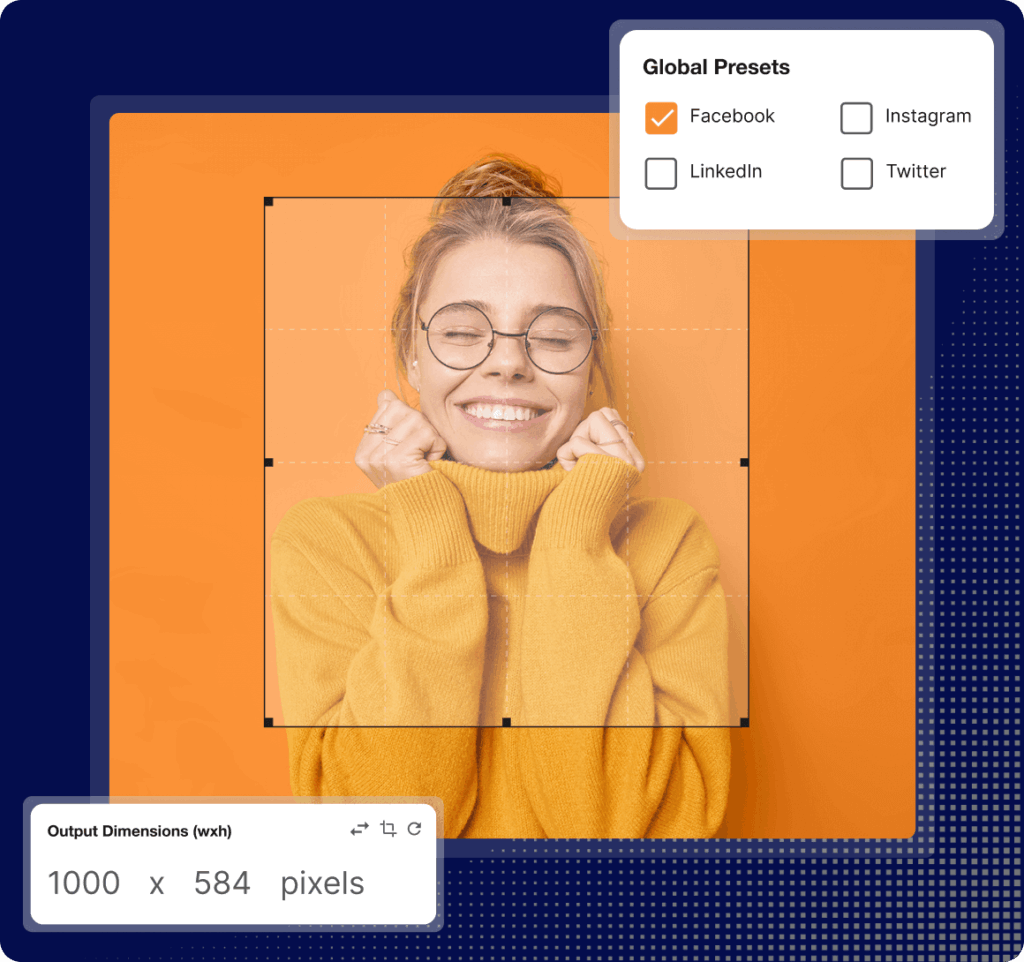
Evaluating a DAM system
A DAM system helps marketing teams step up their competitive game and adapt to consumer shifts. But that doesn’t mean any DAM will do. To find one that slots right into your business, there are a few considerations to take into account. Below are questions to ask as you search for the right digital asset management tool for your organization.
What are our organization’s specific needs?
A DAM is a great solution for businesses that want to amplify their content strategy, create higher-quality marketing collateral, and end procedural bottlenecks. If teams spend time on repetitive, low-level tasks, a DAM solution is probably a step in the right direction. Marketing processes are changing rapidly, and organizations increasingly need a platform to maintain a well-oiled and agile strategy.
On the other hand, small teams with minimal content outputs and no growth plans may not require a DAM in the same way as those with a high-volume content flow who plan to scale. It’s worth considering content’s role in your business and where you’re headed. Further, if you’re yet to clarify your content and marketing operations, it may be unclear whether a DAM would actually add value to your business.
Can the DAM scale with our business?
Here’s a basic litmus test: Most cloud-based DAMs can easily and affordably scale or upgrade according to a business’s needs. Meanwhile, on-premises software typically requires costly expansions, which may lead to system downtime and disrupt business operations temporarily.
If your business plans to grow in the immediate or long term, you can start with a basic cloud-based DAM to begin with, then scale up to include workflow tools and even AI-powered compliance solutions. Alternatively, switch from a basic version to the whole suite of tools in one fell swoop. A flexible vendor will offer a range of customizable solutions to match your needs.
How much customer support and training does my team need?
Adapting to new tech naturally requires ongoing support during the lead-up, integration, and ramping phases. Opting for a simple design with a clear structure and customization allows you to model the system’s usage around existing workflows within your business.
However, even once operations settle, questions can arise. Look for a provider that can offer the level of training and support your team needs in a way that works for you. For instance, if you’re in a multi-national corp, 24/7 support means international teams in different time zones can access support outside local business hours. Do you prefer in-person, online, email, or phone assistance, and does your provider cater?
The quality of customer service is also a big consideration. Check out independent verified review sites such as G2 to see how your peers rate their satisfaction.
A DAM is a powerful tool for helping marketers remain competitive and agile amidst shifting consumer demands. If you’re like most in the industry wrangling with growing asset libraries, fewer resources, and being slowed down by inefficient workflows, a digital asset management system could be the operational upgrade you’re missing.
IntelligenceBank’s DAM seamlessly integrates with your tech stack and marketing operations to provide the stability and acceleration you need. With custom workflows, advanced automation, and extensive collaboration capabilities, IntelligenceBank delivers the platform for marketing and creative teams to grow. Contact us to find out more.
Frequently Asked Questions
What does digital asset management do?
A digital asset management platform is a centralized hub where all your brand’s digital files, like images, videos, documents, and audio, live. Its features include searchable tags, version control, multi-level user permissions, and workflow approvals. Combined, these streamline how cross-functional collaborators create, manage, and use marketing content.
What are the benefits of a DAM?
DAMs enable faster content delivery. With enhanced content management capabilities, brands see fewer duplicated assets and greater consistency across campaigns. A good DAM also helps you manage rights, monitor usage, and accelerate a campaign’s time to market without the usual bottlenecks.
Can a DAM adapt to the changing needs of a growing business?
If it’s worth its salt, yes. Cloud-based DAMs can scale up (or down) as your asset library, team, and marketing operations grow. You can start with a solution that addresses your immediate needs, then add the likes of AI functionalities, marketing compliance solutions, and more, as and when needed. A DAM should evolve with your marketing operations and flex to meet your needs, no matter which direction you choose to go.

